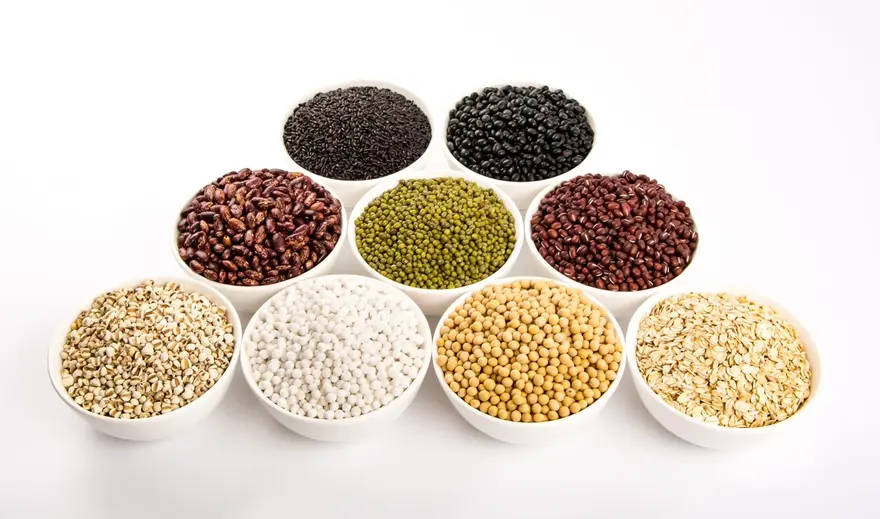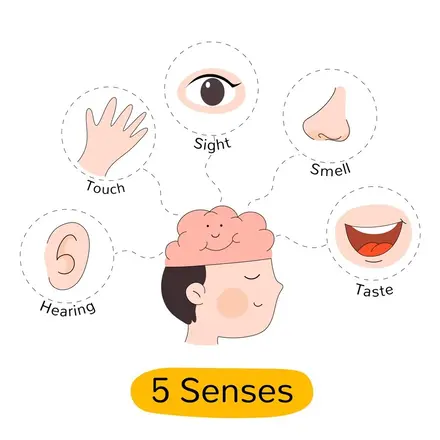Preventive Healthcare
Diabetes Diet Chart Plan: Importance & Things to Keep in Mind For Patients
111725 Views
0

One of the primary suggestions for managing diabetes is to make significant lifestyle changes. It includes controlling body weight, getting more active, and following a healthy diet. Making diabetes-friendly diet choices helps to bring your blood sugar levels close to normal ranges and prevents unnecessary fluctuations.
To control diabetes, you must know how to reduce your blood sugar. And to regulate blood sugar, you must eat right. Keep reading to get an idea of specific foods to include and avoid in a diabetic diet chart.
Why is Meal Planning Important in Diabetes?
A dedicated meal plan for diabetes helps you decide what to eat and when to get your daily nutrient supply while keeping your blood sugar levels in the target range. Following a diabetic diet chart based on efficient meal planning will ensure
- You don't skip the essential requirements for a balanced diet.
- You maintain a consistent daily diet pattern.
- You are at a lower risk of developing heart-related complications and hypertension.
- Your metabolic control improves.
Seek the professional advice of our dieticians at Metropolis Healthcare to design a customized diabetic meal plan for you.
Things To Keep in Mind While Designing a Diabetes-Friendly Diet
Preparing a diet chart for diabetic patients requires extensive planning. Remember to follow a schedule and coordinate the timing of your medicines well with meals. Here are four crucial aspects to note while planning a diabetic diet:
- Follow The Plate Method
This method ensures you consume a minimum amount of carbs while concentrating more on lean protein and non-starchy vegetables. Divide the plate into 50% non-starchy veggies (salads, broccoli, cabbage, or carrots), 25% lean protein (chicken, fish, beans, or eggs), and 25% starchy food (corn, whole grains, or fruits). Top it up with a calorie-free drink.
- Track Your Portion Size
The key to proper diabetes control is keeping a tab on the portions. If your portion contains more carbs than required, it will cause your blood glucose levels to skyrocket. Having smaller meals throughout the day is better than having large portions of meals three times a day.
- Know The Glycemic Index
Referred to as GI, the glycemic index is a value assigned to a foodstuff based on its ability to raise blood glucose levels. Your ideal diabetic diet chart should include low or medium GI foods to prevent spikes in blood sugar.
What Foods Can You Include in a Diabetic Diet?
Here is a list of foodstuffs that you can safely incorporate into the diet chart for Indian diabetic patients:
- Fruits rich in vitamin C and fiber, like berries, regulate blood sugar well.
- Vegetables, especially leafy greens, should be consumed as they are nutritious and low in calories.
- Fatty fish containing omega-3 fatty acids are beneficial for heart health.
- Eggs are a high-fat, low-carb option to control your blood sugar levels.
- Nuts are high-fiber and low-carb, making them suitable for maintaining healthy cholesterol levels.
- Choose whole grains over refined grains and low-fat dairy products over regular ones to manage blood glucose volumes better.
- Garlic lowers fasting and post-prandial blood sugar levels.
- Beans have a low GI value and keep you feeling full for a long time.
What Foods Should You Avoid in a Diabetic Diet?
Some foodstuffs are unsuitable for a diabetic diet chart simply because they cause unwanted fluctuations in blood glucose volumes. If you are a person with diabetes, you should steer clear from:
- White bread and rice
- Sugary beverages
- Trans fats and processed foods
- Sweetened cereals
- Canned veggies and pickles
- Tinned fruits, jams, and jellies
- Deep-fried foodstuffs
Diet Plans And How Good Are They to Manage Diabetes?
Recent times have seen a rise in diet trends. Some of them are supposed to be fruitful in managing diabetes. Let us explore them in detail.
- Vegan Diets
These diets differ from regular vegetarian diets because you don't eat animal products like butter, cheese, and milk. While this diet is good for reducing fasting blood sugar and weight, you may miss out on crucial nutrients needed for balanced nourishment.
- Paleo Diets
These diets focus on eating foodstuffs in unprocessed forms. Proteins, healthy fats, and plant-based foods are essential parts of this diet. The diet is beneficial for increased glycemic control.
- DASH (Dietary approach to stop hypertension) Diets
The main focus of this diet is to consume blood pressure-lowering foodstuffs in regulated portion sizes.
- Gluten-Free Diets
This diet is okay to follow in diabetes as long as your body receives nutrients in the correct proportions. Remember, gluten-free does not necessarily translate to low-carb.
You must consult your healthcare provider before following any of the above diets.
Example of an Ideal Indian Diabetes-Friendly Diet Chart
For effective diabetes control, having the right food at the right time in the prescribed quantity is essential. We have listed a sample of an ideal diet chart for Indian diabetic patients below:
| Meal | Time | Foodstuffs |
| Breakfast | 8-9 am | A bowl of vegetable upma and a beverage of choice |
| Mid-morning snack | 11 am | A bowl of fresh seasonal fruits like apples, guavas or pears |
| Lunch | 1-2 pm | 2 chapatis, 1 bowl of rice, 1 bowl of vegetable/non-vegetarian curry, dal, salad, and raita |
| Tea time | 4 pm | Black/green tea with roasted chana or sprouts |
| Evening snack | 7 pm | A bowl of veg/non-veg soup |
| Dinner | 8-9 pm | 2 chapatis, 1 bowl of rice, 1 bowl of vegetable curry, dal, and salad |
| Bedtime snack | 10 pm | 1 glass of turmeric milk |
Conclusion
No matter what diet you follow for diabetes control, proper timing and selecting the correct food groups are the key to its successful management. While designing a diet chart for Indian diabetic patients, you must also consider their age, family background, and stage of advancement of the condition. The ultimate goal of a diabetic diet chart is efficient weight management to aid in regulating blood sugar levels.























 WhatsApp
WhatsApp